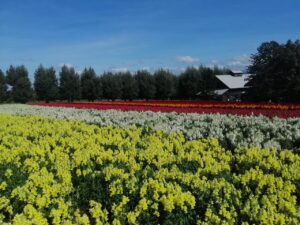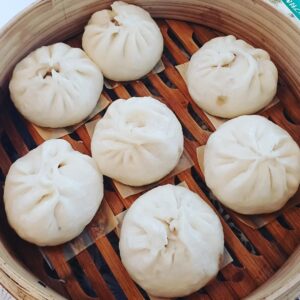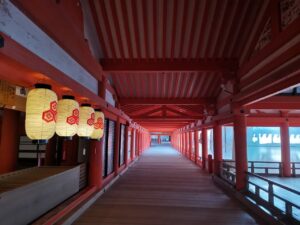玉泉洞 (Gyokusendo) is a spectacular limestone cave system located in Tamagusuku, Nanjo City, on the southern part of Okinawa Island. The cave system is a natural wonder that draws in visitors from all over the world. With its stunning stalactites and stalagmites, crystal-clear underground lakes, and beautiful lighting, the 玉泉洞 (Gyokusendo) is a must-visit destination for anyone visiting Okinawa.
The cave system was first discovered in 1967 by a local man named Tokushin Yamauchi. After exploring the cave system for several months, Yamauchi realized that the cave was part of a larger underground network. In 1972, the 玉泉洞 (Gyokusendo) was officially opened to the public, and it quickly became one of Okinawa’s most popular tourist attractions.
玉泉洞 (Gyokusendo) is one of the largest cave systems in Japan, with a total length of over five kilometers. However, only about one kilometer of the cave system is open to the public. The cave is made up of a series of interconnected chambers, each with its own unique features.
As visitors enter the cave, they are greeted by a stunning display of stalactites and stalagmites. The cave’s interior is illuminated by strategically placed lights, which highlight the natural beauty of the rock formations. The stalactites and stalagmites come in a variety of shapes and sizes, some of which resemble animals or other objects. Visitors can also see a variety of flowstones, which are formed by mineral-rich water flowing over the cave walls.
One of the most impressive features of the 玉泉洞 (Gyokusendo) is the underground lake. The lake is crystal clear, and visitors can see all the way to the bottom, which is over 30 meters deep in some areas. The lake is home to a variety of aquatic life, including blind fish and freshwater crabs.
The cave system is also home to a number of unique creatures, including rare species of bats and spiders. Visitors can often hear the sounds of the bats echoing through the cave as they fly overhead. The spiders in the cave are also of interest to researchers, as they have adapted to the unique environment of the cave.
The 玉泉洞 (Gyokusendo) is open year-round, but the best time to visit is during the summer months when the temperatures inside the cave are cooler than outside. Visitors should wear comfortable walking shoes, as the cave floor can be slippery in places. The cave is also wheelchair accessible, but some areas may be difficult to navigate.
Visitors can explore the 玉泉洞 (Gyokusendo) on a guided tour, which takes about an hour to complete. The tour includes a walk through the cave system, as well as a boat ride on the underground lake. The tour guides are knowledgeable and can provide visitors with information about the geology, history, and ecology of the cave system.
In addition to the guided tour, the 玉泉洞 (Gyokusendo) also has a gift shop and a restaurant. The gift shop sells a variety of souvenirs, including locally made pottery and other handicrafts. The restaurant serves traditional Okinawan cuisine, including soba noodles and goya champuru, a dish made with bitter melon.
Overall, the 玉泉洞 (Gyokusendo) is a must-visit destination for anyone traveling to Okinawa. The cave system’s natural beauty, unique features, and fascinating history make it a memorable experience for visitors of all ages.
Aside from its beauty, the cave system also plays an important role in the local ecology. The 玉泉洞 (Gyokusendo) is home to a number of rare and endangered species, including the Okinawa Rail, a flightless bird found only on Okinawa Island. The cave system’s limestone formations also act as a natural water filter, providing clean drinking water for the surrounding communities.
The 玉泉洞 (Gyokusendo) has become a symbol of Okinawa’s natural beauty and cultural heritage. It is a popular destination not only for tourists but also for locals who come to admire the cave system’s stunning natural beauty.
In recent years, there has been a growing awareness of the need to protect the 玉泉洞 (Gyokusendo) and other natural treasures in Okinawa. The local government and conservation groups have worked to preserve the cave system and its surrounding environment. They have implemented measures to reduce the impact of tourism on the cave system and have taken steps to protect the endangered species that call the cave system home.
In conclusion, the 玉泉洞 (Gyokusendo) in Okinawa is a remarkable natural wonder that showcases the island’s rich cultural heritage and unique ecology. Visitors to the cave system can marvel at its stunning stalactites and stalagmites, crystal-clear underground lakes, and unique creatures. It is a destination that should be on every traveler’s bucket list and a source of pride for the people of Okinawa.









